
AeroGenie: Su copiloto inteligente.
Tendencias
Categories
ELFC Signs Agreement to Acquire 50 LEAP Engines from CFM

ELFC Signs Agreement to Acquire 50 LEAP Engines from CFM
Engine Lease Finance Corporation (ELFC), headquartered in Shannon, Ireland, has formalized a significant purchase agreement with CFM International to acquire 50 LEAP spare engines. Announced on August 7, 2025, the deal encompasses both LEAP-1A and LEAP-1B models and represents the largest single transaction in ELFC’s history. This acquisition further solidifies the enduring partnership between ELFC and CFM, which has been in place since 1992.
Expanding ELFC’s Engine Portfolio
Currently managing a fleet exceeding 200 CFM56 and LEAP engines, ELFC’s addition of these advanced LEAP engines will considerably enhance its portfolio. The LEAP engines are recognized for their cutting-edge technology and environmental efficiency, delivering a 15% improvement in fuel consumption compared to earlier CFM56 models. This acquisition aligns with ELFC’s strategic commitment to promoting sustainable aviation by offering customers access to newer, more efficient engines that contribute to reduced emissions and lower operational costs.
Market Dynamics and Industry Challenges
The agreement arrives amid evolving market conditions and emerging challenges. The rapid increase in LEAP engine deliveries is exerting pressure on existing maintenance, repair, and operations (MRO) networks, with industry experts highlighting the urgent need to expand servicing capabilities to accommodate the growing LEAP fleet. Furthermore, heightened demand for LEAP engines from competitors, including GE Aerospace, is intensifying competition within the market. Recent regulatory developments, such as the removal of export restrictions on GE Aerospace and CFM engines to China, are anticipated to influence global supply and demand dynamics, potentially increasing the worldwide availability of LEAP engines.
Strategic Significance and Industry Impact
Despite these complexities, ELFC regards the transaction as a pivotal advancement. Richard Hough, ELFC’s President and CEO, described the agreement as “a milestone for ELFC,” underscoring the company’s objective to “provide competitive spare engine support to customers worldwide.” Hough emphasized the deal’s role in enhancing ELFC’s capacity to meet global demand with the latest engine technology.
Gaël Méheust, President and CEO of CFM International, highlighted that the agreement will improve fleet planning flexibility for LEAP engine operators and boost asset availability. As the aviation sector continues to evolve, ELFC’s investment reaffirms its position as a forward-looking leader in the spare engine leasing market, committed to delivering modern, high-performance solutions amid shifting market conditions.
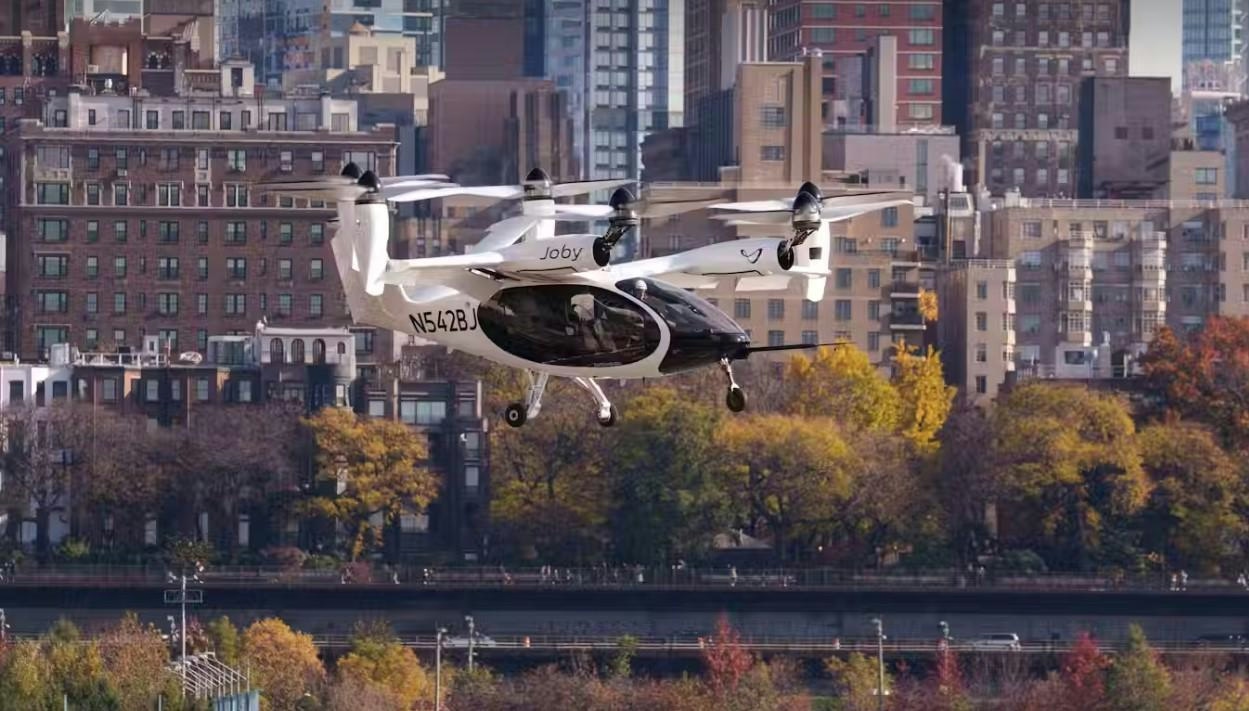
Skyportz Unveils Modular Vertipad Prototype to Advance Air Mobility Infrastructure
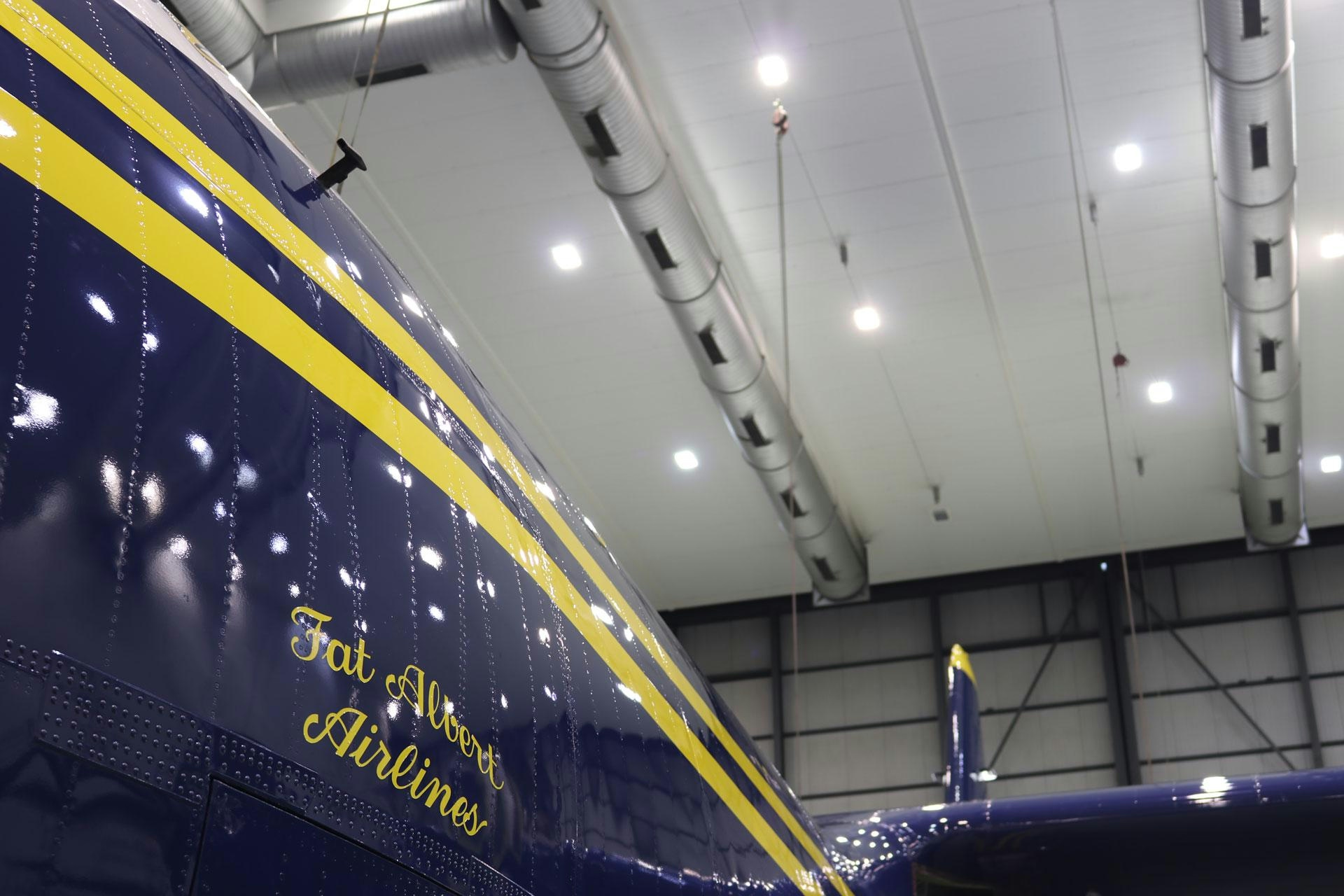
Blue Angels’ ‘Fat Albert’ Undergoes Overhaul in the U.K.
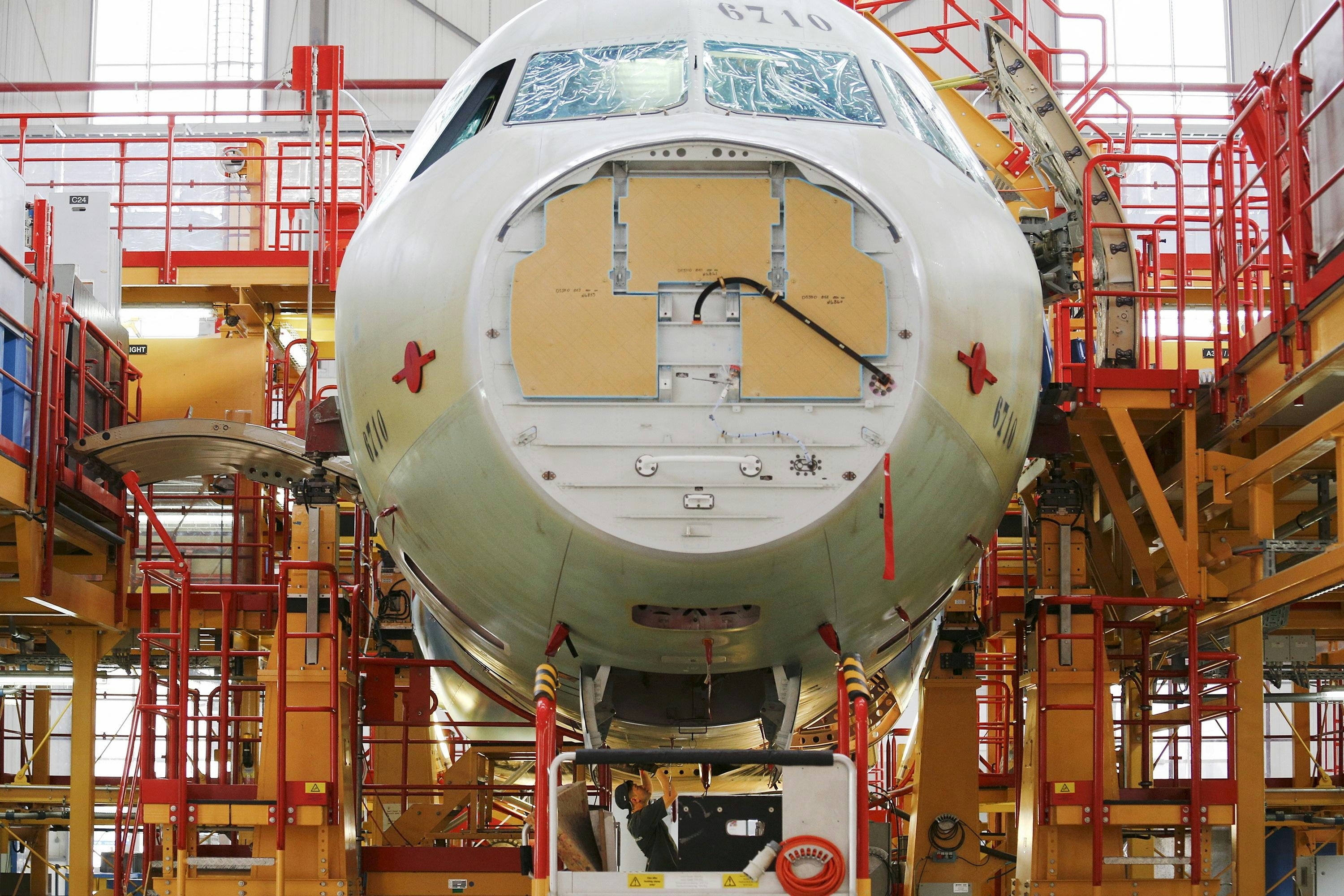
Airbus Faces Year-End Delivery Challenge Despite Major Vietnamese Order
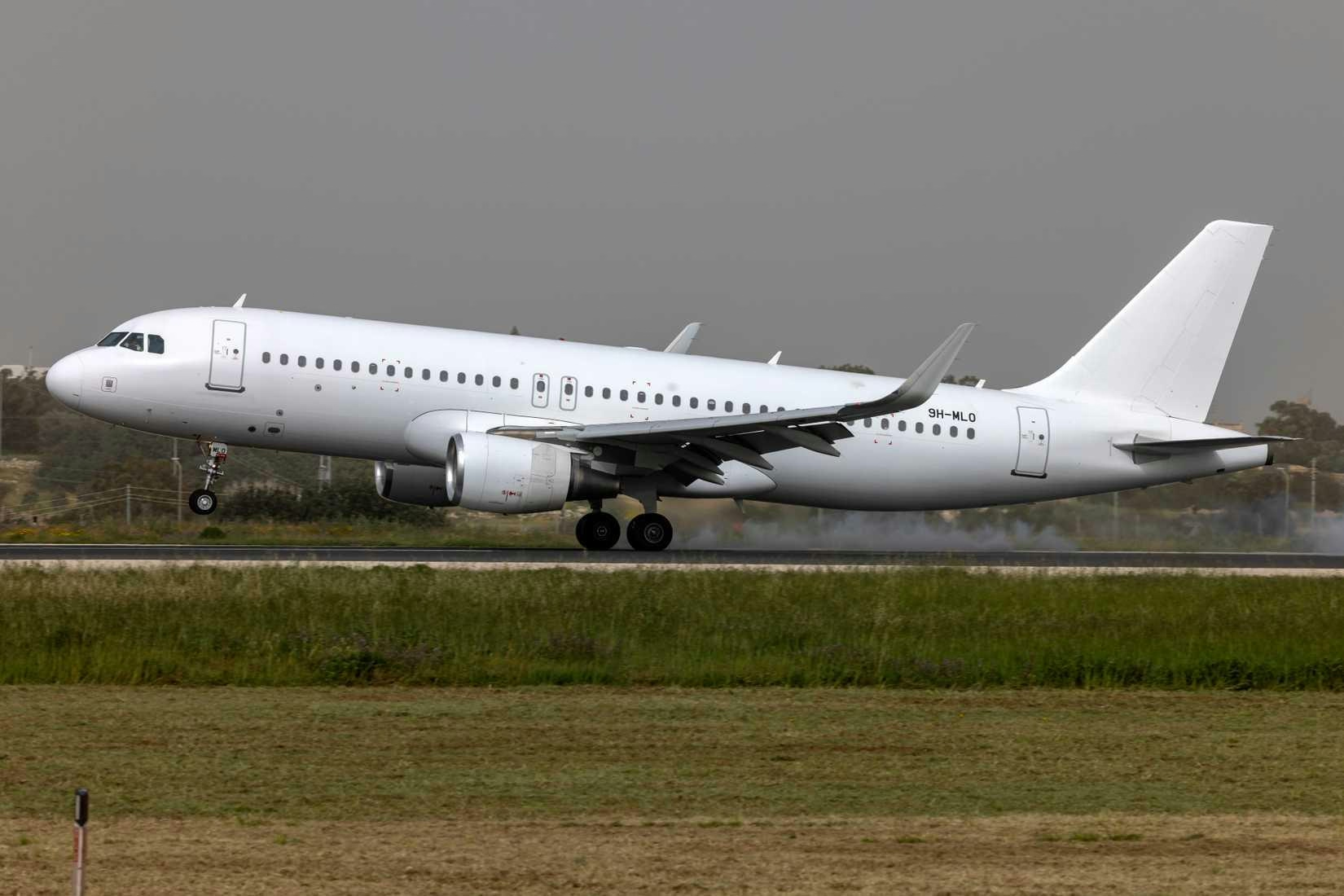
Poland’s LOT Wet-Leases A320 for Tel Aviv Route
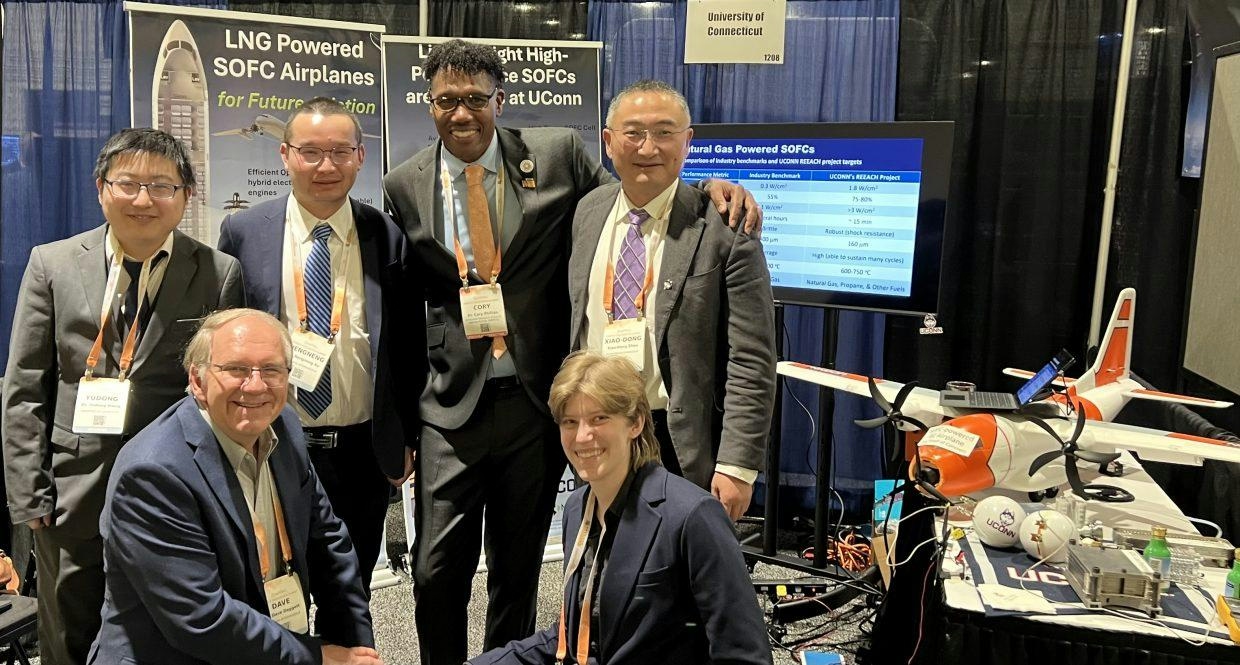
Aviation Advances at the Innovation Center
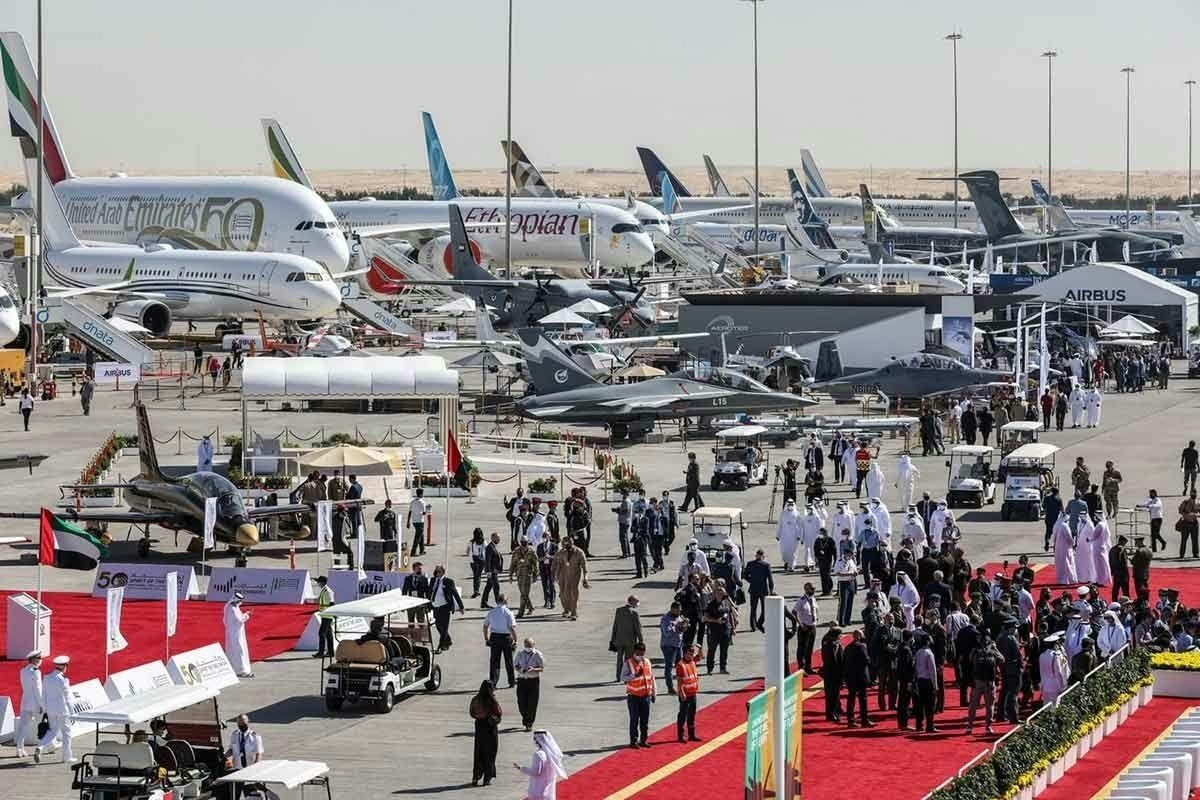
Boeing to Showcase Middle East Partnerships at Dubai Airshow 2025
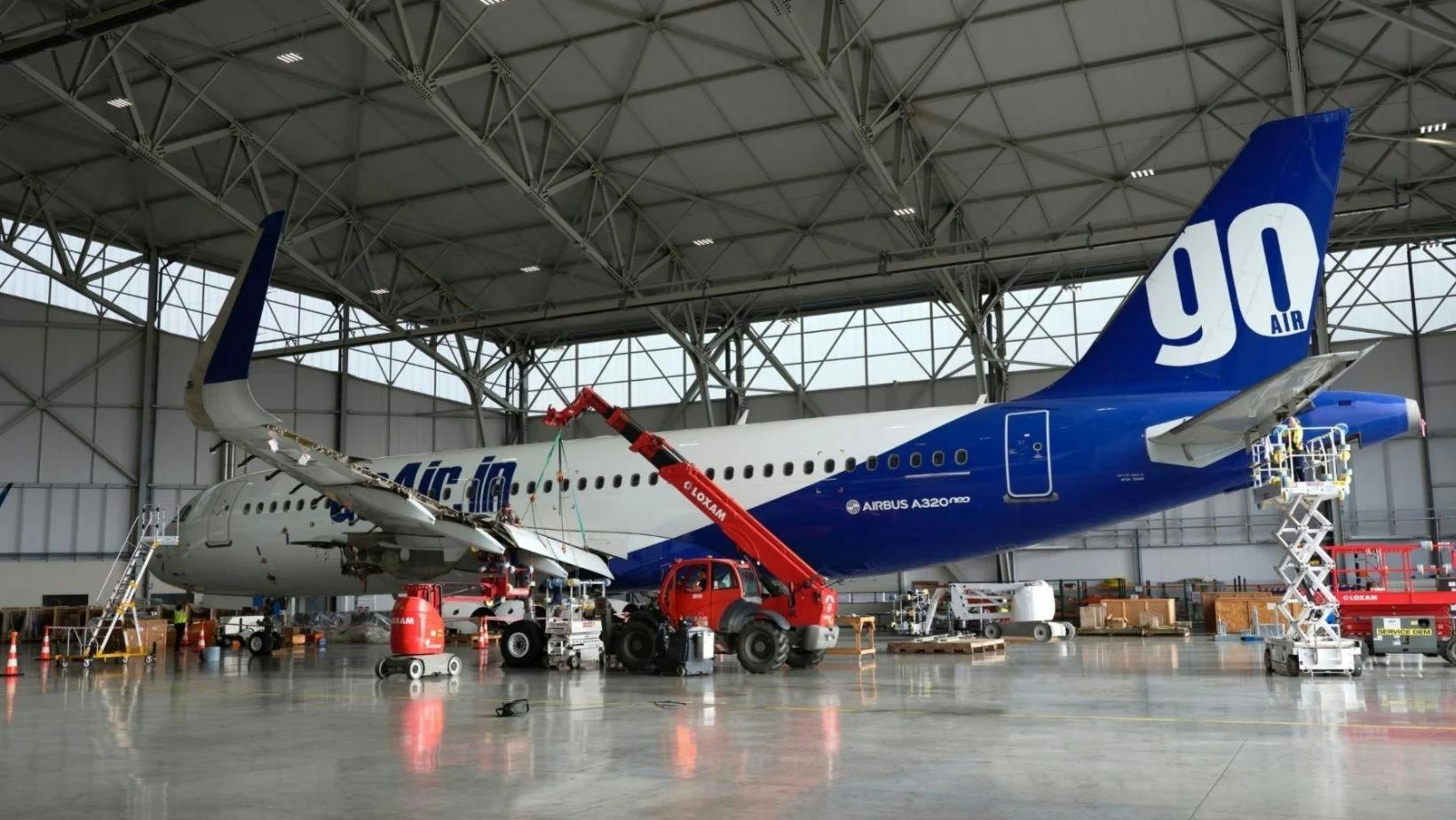
AerFin Completes Transition of Two A320 Aircraft
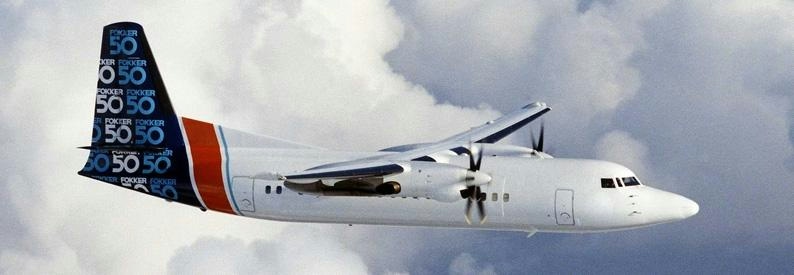
Kenya Bans Import of F27 and F50 Models Over Safety Concerns

SKF Introduces ARCTIC15 Steel for Advanced Aircraft Engines
